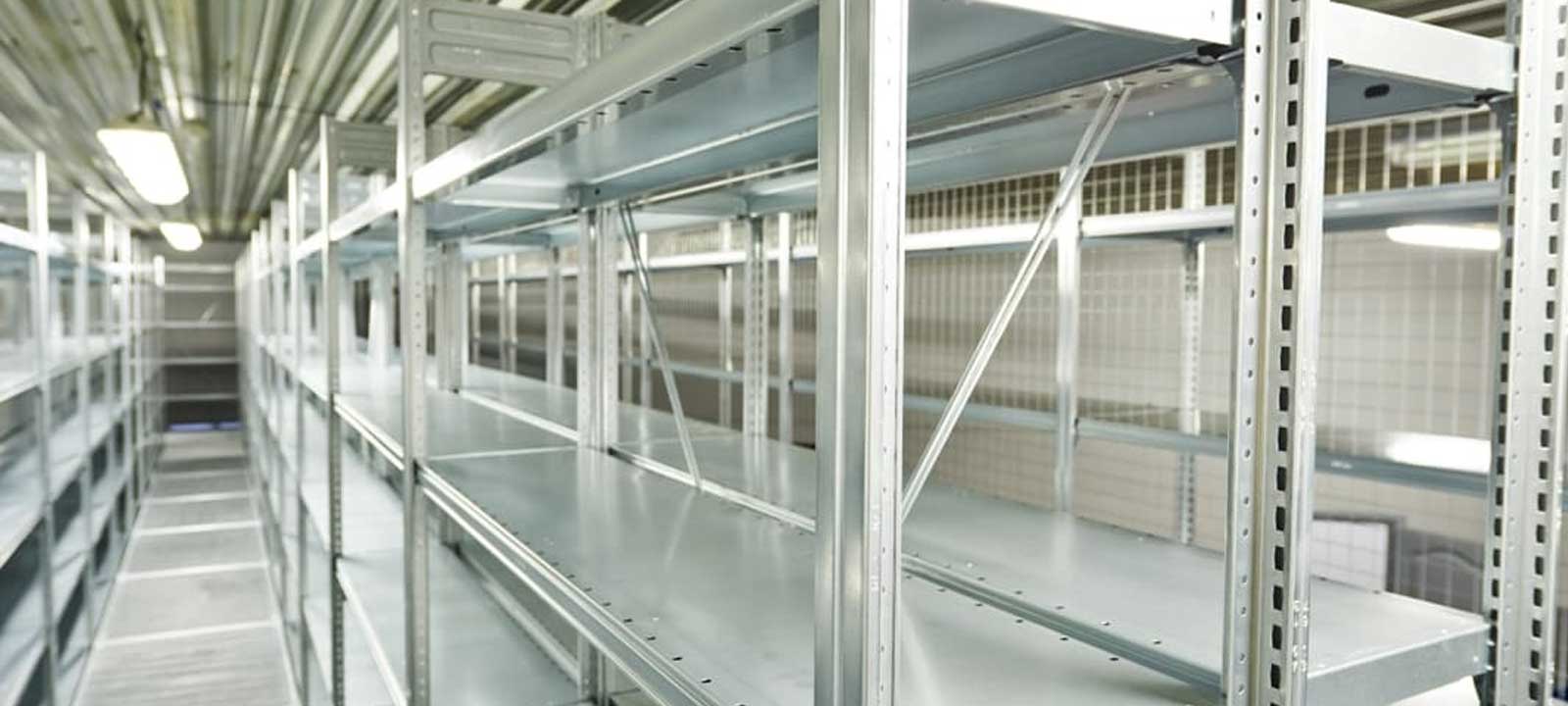Summary:
In a rapidly evolving work environment, businesses must rethink how they manage traditional processes like handling physical mail. In this article you will learn how:
- Digital mailrooms automate mail handling, reduce errors, and accelerate communication.
- Downsizing office space and eliminating physical mailrooms cuts costs.
- Advanced encryption and access controls ensure sensitive data is protected and compliance is maintained.
- Digital mailrooms generate valuable data for improving resource allocation, and process automation.
- Embracing digital solutions prepares businesses for the demands of a modern, agile workforce.
Imagine a world where the phrase “lost in the mail” is no longer a concern. Where critical documents are never left to chance sitting unopened on someone’s desk, but are instead instantly accessible to the right employee, no matter where they are. Where the speed of business isn’t hindered by the physical limitations of paper. This isn’t a distant future—it’s the reality being shaped by digital mailrooms today.
Embracing Change in a Dynamic Work Environment
As organizations grapple with the challenges of hybrid workforces, securing data in remote settings, office downsizing, and the urgent need for digital transformation, the limitations of traditional mailrooms have become glaringly apparent.
Despite advances in technology, physical mail remains a significant part of business operations. Legal documents, contracts, invoices, and essential customer communications often arrive through traditional mail streams like postal services and couriers. Relying on manual processes to handle this influx poses several challenges:
- Inefficiencies: Manual sorting, distribution, and processing of mail consume valuable time and resources, causing companies to incur significant labor and operational costs.
- Security risks: Physical documents are susceptible to loss, damage, or unauthorized access.
- Compliance issues: Maintaining compliance with privacy laws and industry regulations is more complex with paper-based systems.
- Lack of accountability: Tracking and auditing physical mail can be cumbersome, leading to delays and errors.
- Delayed decision-making: Critical information trapped in physical documents can slow down business processes.
- Remote work incompatibility: Traditional mailrooms struggle to support distributed workforces effectively.
- Space constraints: Physical mailrooms occupy valuable office real estate that could be used more productively.
- Environmental impact: Paper-based systems contribute to unnecessary waste and resource consumption.
- Limited data insights: Traditional mailrooms lack the ability to generate actionable data for process improvement.
These challenges are exacerbated in a landscape where agility and efficiency, as well as employee and customer satisfaction are paramount.
How Digital Mailrooms Drive Change
Gone are the days when a physical mailroom was a necessary evil, consuming valuable real estate and requiring in-person interactions to manage incoming communications. Digital mailrooms are redefining how businesses handle physical mail, turning a traditional bottleneck into a strategic asset. By converting incoming mail into digital formats at the point of entry, organizations can streamline operations, enhance security, and empower employees to work efficiently from anywhere.
The key digital mailroom benefits that help meet the demands of modern business include:
Enhancing Operational Efficiency
Digital mailrooms revolutionize mail handling by automating manual tasks through digitization and intelligent routing. Physical mail is scanned into searchable digital formats, while AI algorithms categorize documents and extract key information, ensuring accurate data for business applications. By reducing human handling, this process minimizes errors, frees staff for strategic work, and accelerates communication—transforming tasks that once took days into seconds and enhancing decision-making speed. Employees can manage their mail with the same ease as email—accessing mailboxes, setting routing rules, and collaborating in real-time.
Imagine instantly identifying that a check was received and initiating the deposit process from your phone. By empowering employees to manage their mail efficiently, organizations enhance the overall work experience while streamlining operations to respond faster to customer needs and market changes.
Optimizing Space and Reducing Costs
As the traditional office shrinks, businesses are rethinking their real estate strategies. Downsizing office space has become essential for optimizing usage in line with evolving work patterns. This shift isn’t just a cost-saving measure, but also a hedge against future economic uncertainties.
Traditional mailrooms require significant physical infrastructure, including large sorting areas, extensive storage units, bulky equipment like high-volume scanners, and dedicated workstations for staff. This not only occupies valuable office space but also incurs ongoing expenses related to utilities, maintenance and staffing.
By transitioning to a digital mailroom, companies can minimize or eliminate these physical requirements and consolidate mail processing operations into a centralized location, reducing the need for multiple mailrooms across different sites. The space previously used for traditional mail handling can be transformed into areas for team collaboration or additional workstations.
Strengthening Security and Compliance
As data breaches and remote work have become increasingly common, the need for robust security measures has never been more critical. Digital mailrooms address this concern head-on, offering advanced encryption, granular access controls, and comprehensive audit trails. These features ensure that sensitive information remains protected throughout its lifecycle, from receipt to delivery and beyond.
This not only protects against external threats but also simplifies compliance with stringent regulations. Organizations can more easily demonstrate their commitment to data protection, building trust with both employees and customers.
Data-Driven Insights for Strategic Decision Making
One of the most powerful aspects of digital mailrooms is their ability to generate rich data insights. Robust reporting capabilities offer a clear view of mail volumes, recipient patterns, document types, and more. This information empowers organizations to make informed decisions about resource allocation, process improvements, and strategic planning.
Additionally, these insights help identify opportunities for process automation. By analyzing document volumes and processing times, businesses can pinpoint bottlenecks in specific departments. For example, if there is a high volume of invoices routed to accounts payable, it may indicate the need for an AP automation workflow.
Ultimately, digital mailrooms not only streamline mail handling but also provide the intelligence necessary to optimize operations continuously.
Prepare Now for the Future of Work
Digital transformation is reshaping the modern workplace, touching virtually every aspect of business operations. By embracing innovative solutions, organizations position themselves to meet the challenges of tomorrow’s work environment head-on.
Looking ahead, organizations that adopt solutions like digital mailrooms will be better equipped to navigate the complexities of the digital age. By streamlining processes and improving information flow, they can create a more efficient and responsive workplace that meets both current and future challenges.




